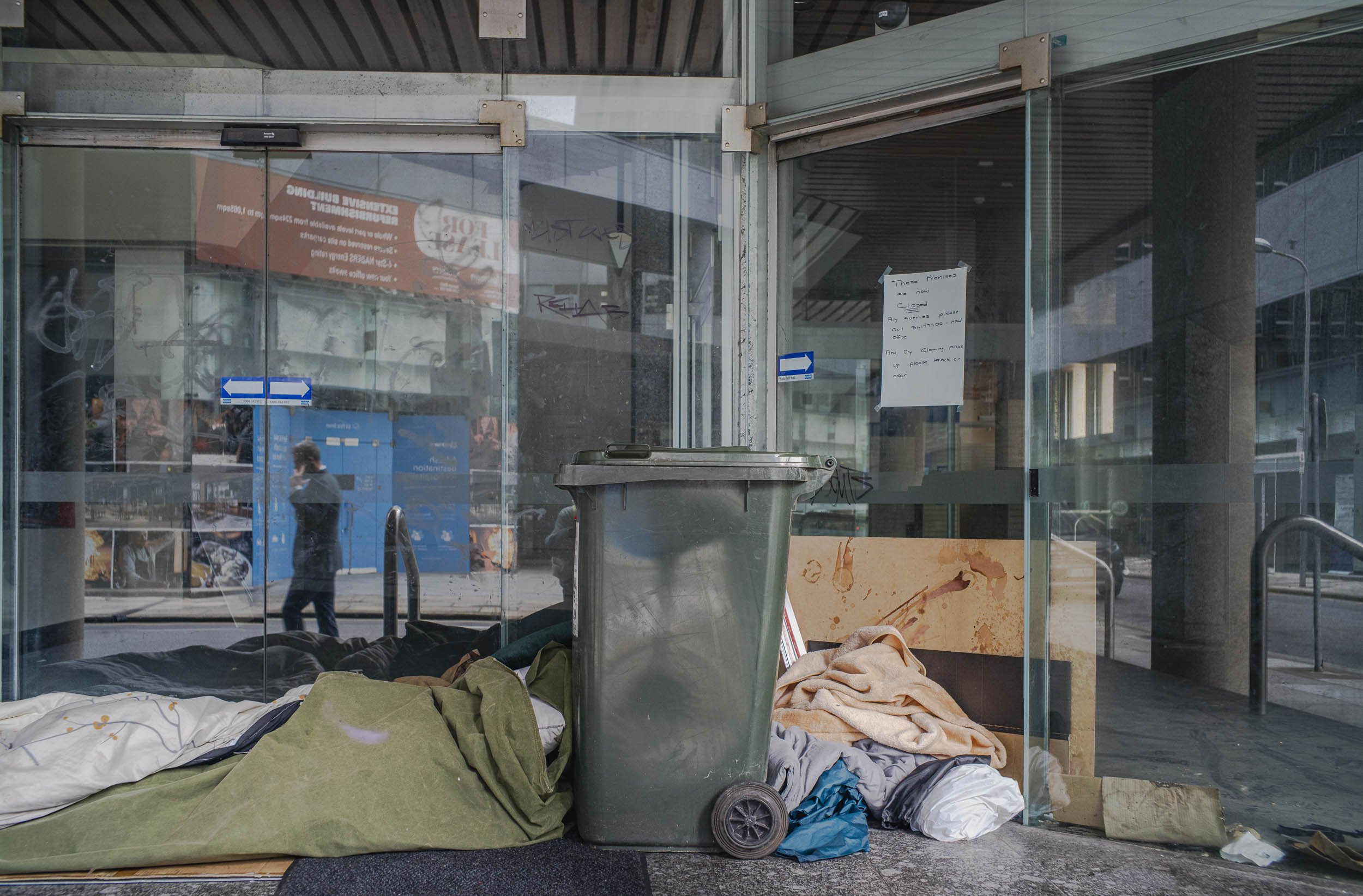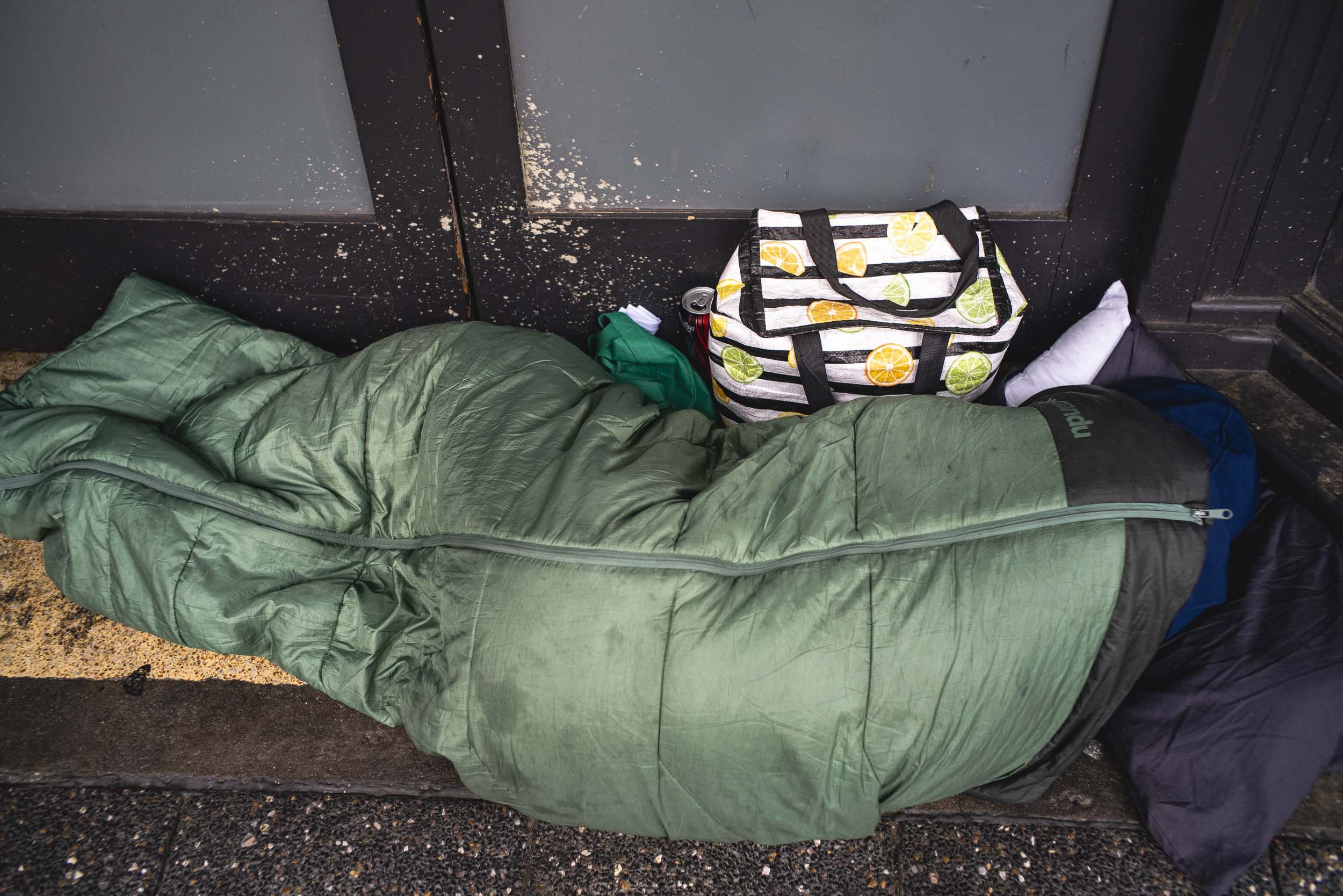Post-Covid Adelaide
Outwardly, a post-Covid Adelaide still seems to be comfortably off, but the city centre or CBD is full of vacant shops, and there are a striking number of office buildings that still lie empty. The city embodies a malaise: a sense that the dynamism and aspiration that emerged in the 2010-2020 decade peaked with Covid , and it has been slowly fading ever since. A threadbare state of an outwardly affluent city is making an appearance.
Gawler Place
The increased living costs and the prospect of increases in mortgage payments, appears as if the disruption and decay that has affected people’s immediate urban environment is now starting to threaten to consume the foundations of their lives.
This disruption appears most visibly with the increasing homelessness in the form of people now living in their cars or sleeping rough in the street. It is clear the numbers are increasing both in the CBD and greater Adelaide. The decline in public housing has contributed to a shortage of dwellings and unmet need for accommodation amongst people experiencing homelessness.
Hindley Street
It is becoming accepted part of the street in the CBD—a new normal as it were.. Ordinary men and women now to walk past people sleeping in the street, or huddled up in doorways with only layers of cardboard to keep out the cold.
Many would have suffered domestic abuse , trauma, mental health problems as well as drug and alcohol addiction and have medical conditions. There is also a growing shortfall in affordable housing, insufficient welfare payments and increases in punitive welfare sanctions, higher rates of domestic and family violence, and poverty in older age



